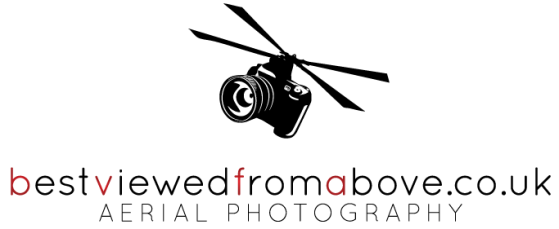Bronze Certificate
The Bronze Certificate indicates that a pilot is safe to fly unattended by an instructor. This means that he/she will have to display sensible regard to safety at all times, not just during the test. An examiner will observe behaviour throughout the day to ensure that nothing is done that will endanger oneself or others.
1. Carry out pre-flight checks, start engine making sure that the clutch is fully disengaged and the blades remain stationary when the engine is at idle.
2. Take-off and complete a 10 second hover.
3. Complete a Hovering ”T".
4. Complete a Lazy Eight and land.
5. Answer satisfactorily two questions on the Safety Code and RecommendedProcedures.
FLIGHT LINE LAYOUT
The layout is based on a 10 metre square. At no point during the test should the model be between the pilot and the pits or public viewing area. At the start of the schedule the model is placed on the centre heli-pad with the model pointing nose into wind and the tail pointing towards the pilot.
PRE-FLIGHT CHECKS
Carry out pre-flight checks as per the Hovering Competence schedule.
TEN SECOND HOVER
The pilot stands at the edge of the box and the model smoothly lifts vertically until the skids are at eye level. This position is maintained for a full 10 seconds. The model then descends smoothly vertically to its original position.
CONSTANT HEADING ”T"
The pilot moves to the left-hand stance. This manoeuvre should be flown at constant height and heading. The model lifts smoothly vertically until the skids are at eye level, hovers briefly for 2 seconds then slowly flies backwards for 5 metres until it is above the rear centre marker which is now on the pilot‘s right. The model hovers for 2 seconds then flies slowly forward 10 metres to the front centre marker. The model hovers for 2 seconds then flies slowly sideways 5 metres to the front right marker. The model hovers for 2 seconds then slowly flies sideways for 10 metres until it is above the front left marker which is directly in front of the pilot. The model hovers for 2 seconds and then slowly flies sideways for 5 metres until it is above the front centre marker. The model hovers for 2 seconds then flies slowly backwards until it is above the centre of the box. The model hovers for 2 seconds then smoothly descends to land in the centre of the box. The pilot now moves to the right-hand pilot stance. The model lifts smoothly vertically until the skids are at eye level, hovers for 2 seconds then slowly flies backwards for 5 metres until it is above the rear centre marker which is now on the pilot‘s left. The model hovers for 2 seconds then flies slowly forward 5 metres until it is above the centre of the box where it hovers for 2 seconds before smoothly descending to land in the centre of the box.
LAZY EIGHT
The pilot moves to the centre stance. The model lifts smoothly vertically to skids at eye level, hovers briefly and then rotates 90° before starting the lazy eight. (The pilot may choose which way to turn the model). The model should fly slowly and smoothly with turns making use of both tail and cyclic controls correctly. The model flies slowly forward for a distance of approximately 20 metres, then makes a turn of approximately 200° away from the pilot and flies for approximately 40 metres in the opposite direction. The model once again turns through approximately 200° away from the pilot and flies approximately 20metres to the centre of the box, rotates 90° and hovers briefly before landing in front of the pilot.
POST FLIGHT PROCEDURES
The engine should be cut before approaching the model. The transmitter aerial should be retracted and the model returned to the pit area. The radio should be switched off and frequency control regulations followed.


